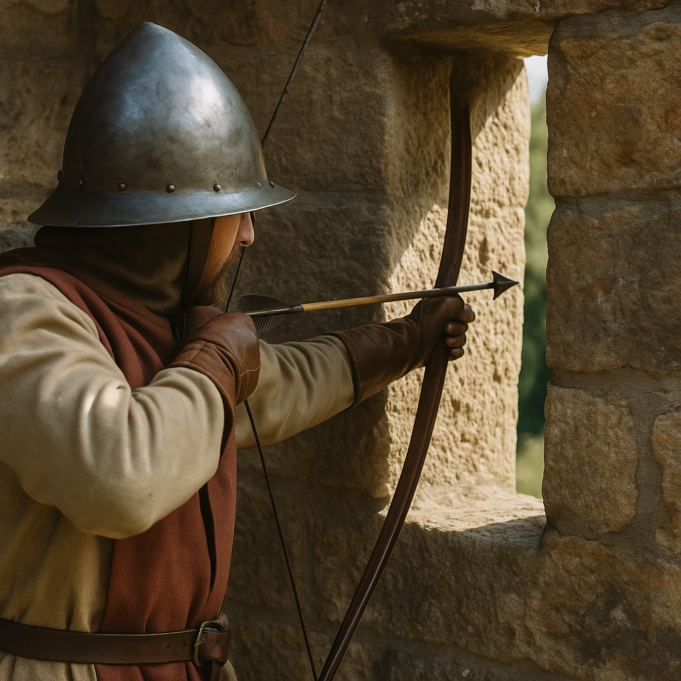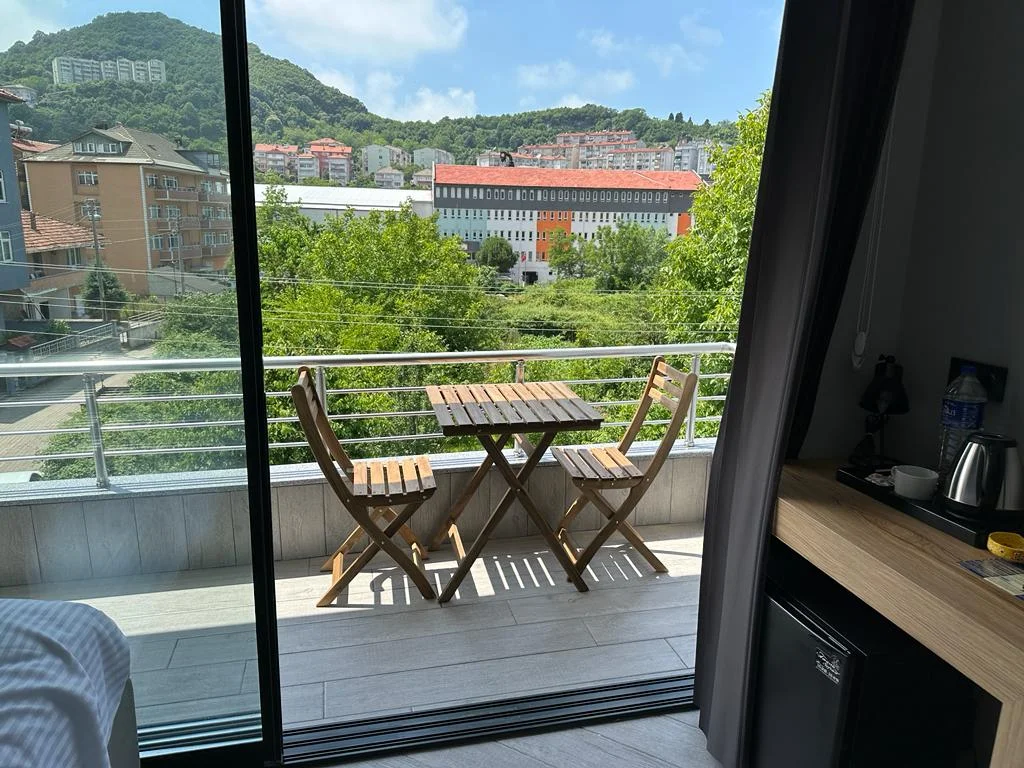How did the Defense Architecture Work?
Narrow Exterior Opening, Wide Interior Facade: The outer part of the shaft was left knife-sharp thin, while the inner part was widened into a funnel shape. This gave the archer a very wide angle of fire, almost invisible.
High Niche: The holes start slightly below chest level and extend upwards, allowing the archer to shoot both sitting and standing.
Stone Trap Covers: At the end of the siege, the battlements were closed from the inside, providing additional protection against rain, wind and the enemy.
Secret Rooms Behind the Zodiac Signs
- Behind every battlement rooms with narrow platform or cascading galleries is found.
- These rooms contained chests of arrows, spare bows, and narrow "eyebrow eyes" and daylight vents.
- Although today some rooms are walled off, the density of the crenellation gives you a clue to the network of corridors inside.
Manhole Types in Amasra
| Tip | Figure | Functional Advantage |
|---|---|---|
| Vertical Cleft | In the form of "I", the most common form | Classic long-range shooting |
| Cross (Cruciform) | "+" or "T" scheme | Both horizontal and vertical targeting |
| Fishtail | Inward curve at the tip | Wide side view, narrow facade |
Where Can You See Similar Manholes?
| Castle | City | Period | Interesting Detail |
|---|---|---|---|
| Rumeli Hisarı | Istanbul | 15th century Ottoman | Fish-tail crenellations covering the narrowest point of the Bosphorus |
| Yedikule Fortress | Istanbul | 15th century Ottoman | Cross-shaped niches and traces of arrow stones in the inner courtyard |
| Alanya Castle | Antalya | 13th century Seljuk | 140+ battlements, "T" shaped openings facing the Mediterranean Sea |
| Bodiam Castle | Sussex, England | 14th century Plantagenet | Top-bottom crenellation combination in double-line defense |
| Château de Carcassonne | Carcassonne, France | 12th-13th century | Different types along the two-story patrol corridor |
| Edinburgh Castle | Edinburgh, Scotland | 12th-16th century | Extended embrasures adapted to rifle defense |
Strategic Layer
Thanks to these tiny windows, Amasra Castle, "invisible snipers" fortress. The fine stonework reflects the multi-layered defense culture from Byzantine to Genoese, while the density of the network of battlements reflects the port city's commercial and military reinforces its importance.








